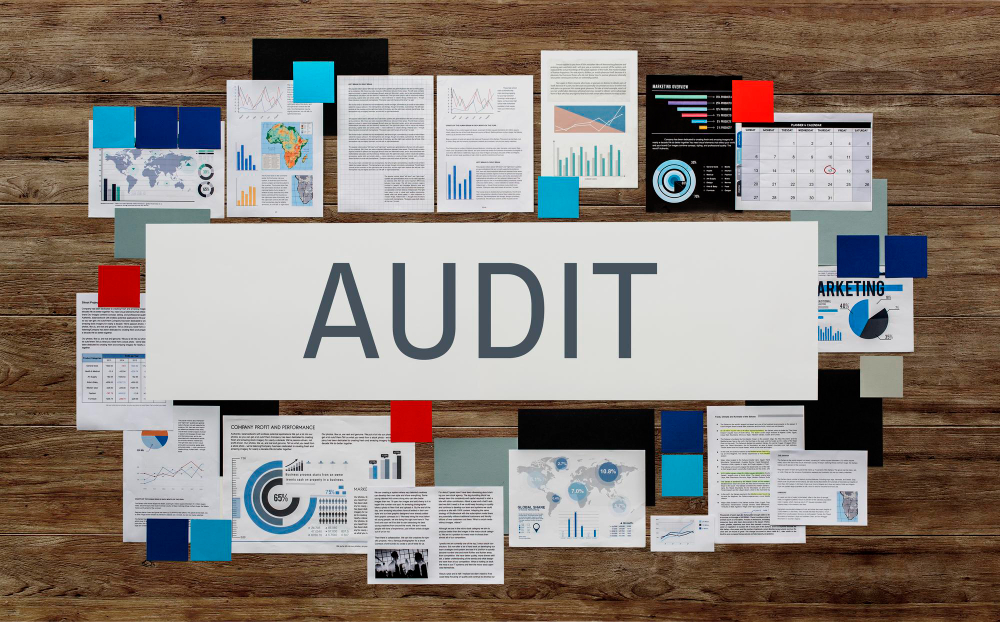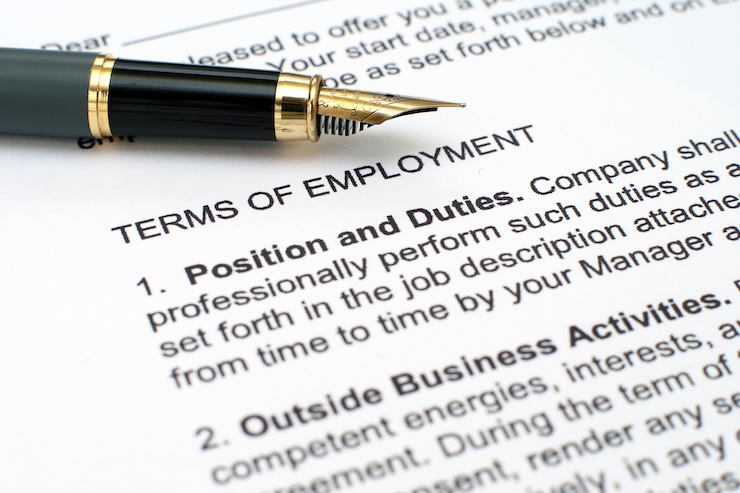Today’s data-driven entrepreneurs work to much shorter production development cycles than other innovators. They are more likely to be testing several ideas simultaneously and refining them as they go. Despite the pace and experimental nature of their activity, securing intellectual property protection is sometimes overlooked as a crucial first step to its commercialisation.
Big data is still a relatively new area of focus for innovation activity and it can provide a fertile ground for patentable inventions particularly where large data sets have been collected over a long period of time, or relate to large numbers of categories.
For entrepreneurs that succeed in bringing their big data ideas to market, applying for patent protection could give a valuable 20-year monopoly in their target markets. It may also be possible to leverage the patented technology by licensing it to third parties in the future.
Innovation activity in this field has been fuelled recently by a series of data giveaways by various bodies, in particular several government agencies. Tech entrepreneurs have responded positively to such releases; looking for ways to harness the unstructured data in a way that will deliver valuable insights or support a commercially-viable service for consumers or businesses.
Earlier this year, the Department of Food and Rural Affairs (Defra) released data from the National Food Survey, which has been running since 1940, as part of the biggest-ever government data giveaway. As part of its #OpenDefra initiative, the department is planning to make 8,000 data sets – mainly focused on food and farming – freely available this year.
Of course, not all big data ideas will be eligible for patent protection. However, those that have a specifically technical outcome – as oppose to a purely administrative one – are likely to fulfil the criteria for patent protection set by UK and European patent law.
To avoid falling into the trap of early disclosure, before discussing any idea with a third party, big data entrepreneurs should consider whether the application of their invention is technical or not and if so, take steps to protect it. This is not necessarily as straightforward as it sounds. For example, one big data application might involve capturing traffic movements in a city or town, and using the captured data in algorithms capable of providing real-time routing intelligence and control of traffic management systems. This type of invention would have a technical effect and, as such, should be eligible for patent protection. On the other hand, data algorithms that deliver predictions about consumer shopping preferences are unlikely to be regarded as sufficiently technical to qualify for patent protection. Use of big data per se will not be enough to ensure its patentability; this comes down to what the big data processing actually achieves and whether this can be considered technical or not.
If in any doubt about whether an invention is patentable or not, entrepreneurs should seek specialist advice. It is important to remember that early disclosure of the idea could constitute ‘prior art’ and render the invention ineligible for patent protection.
Big data entrepreneurs should also check the terms and conditions of any data giveaway before investing time and energy in development activity. There could be restrictions attached, which might mean that any royalties earned from intellectual property rights secured in the future must be shared. While this is not necessarily a deal breaker, entrepreneurs need to be aware of such restrictions from the start. As data-driven innovation is a relatively new area of focus, if a patent application for a specific invention is granted it is likely to include a relatively broad definition; covering a number of areas of potential application. From the entrepreneur’s perspective, this could deliver an unexpected advantage in the future, by increasing the potential to earn royalties as the marketplace matures.
Nick Wallin, is partner and patent attorney at intellectual property firm, Withers & Rogers.
See also: How to make the most of big data in the mid-market






